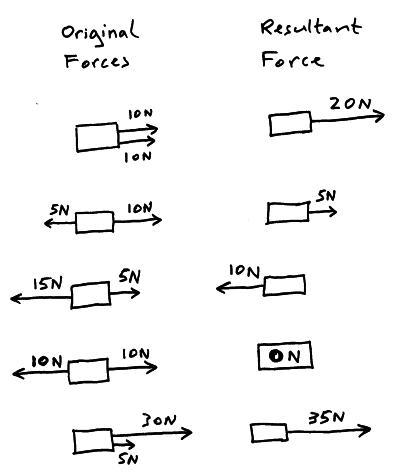A distance time graph is a graph showing the relationship between distance travelled and time taken.
Drawing a distance time graph
The Y axis should be the distance travelled from the start, meaning the bottom is time.
To plot simply mark the distance travelled at every chosen point of time: e.g every second.
Interpreting distance time graphs
A horizontal line is a stationary object: because time is still going forward but the object is not moving up or down the distance axis.
A line upwards is a object moving away from the start; a downward line is a object moving towards the start.
The steeper the line the faster the object: its doing more distance for time- more up for across.
To get a speed see how much up it goes for across. (the graph on the link below goes two up for one across that's two meters per second (2m/s))
The video on this page is insanely helpful: http://www.bbc.co.uk/schools/gcsebitesize/science/add_ocr_pre_2011/explaining_motion/describingmotionrev2.shtml


 (bbc)
(bbc)
 (maths revision.net)
(maths revision.net)


